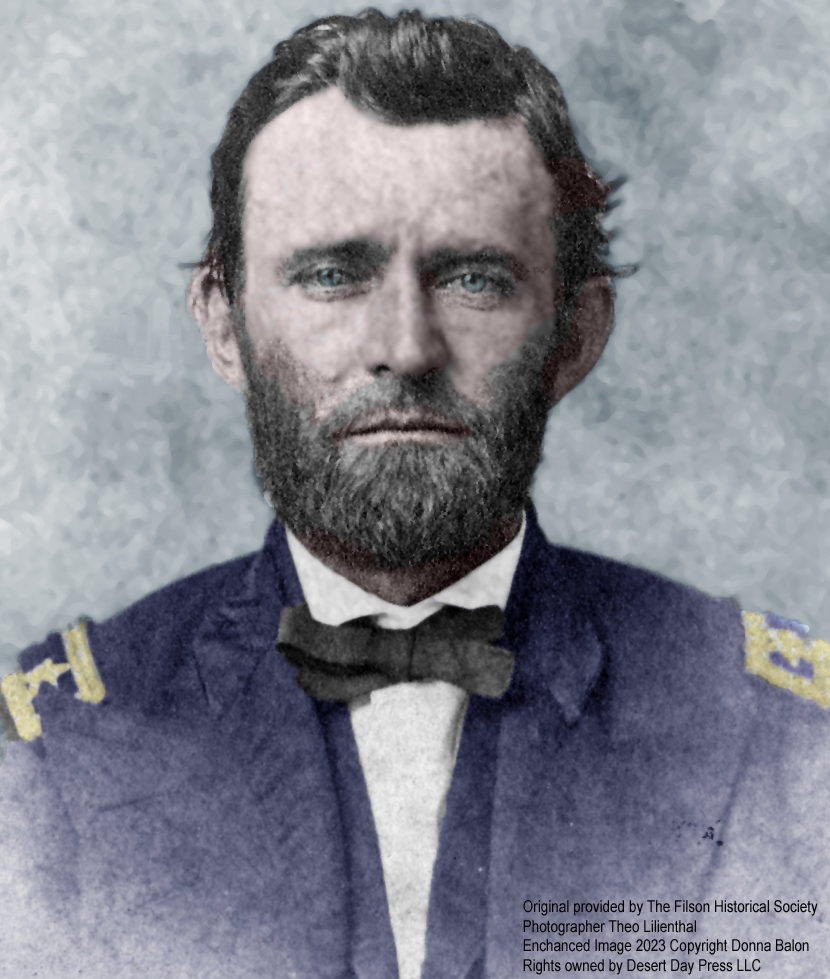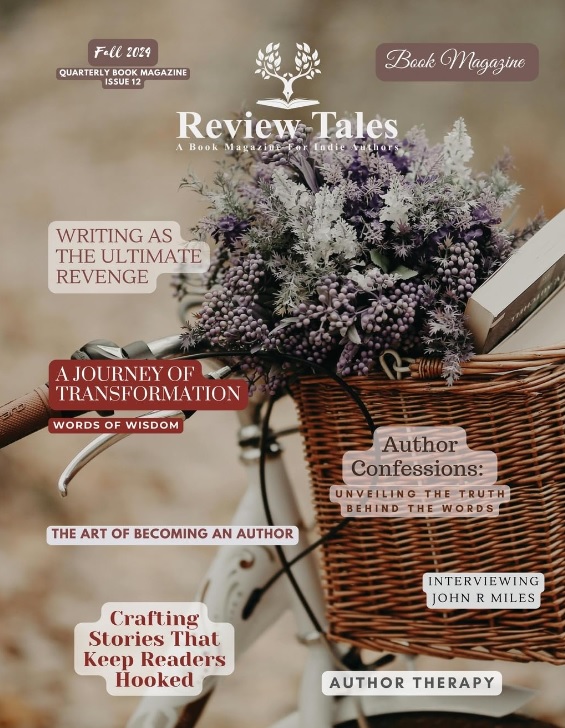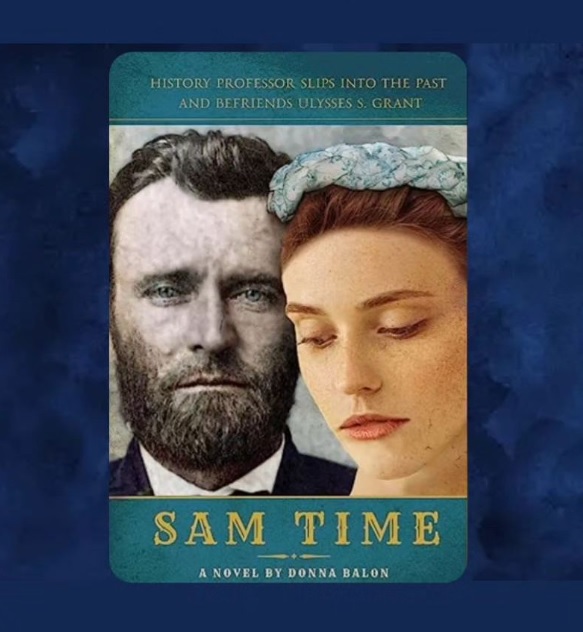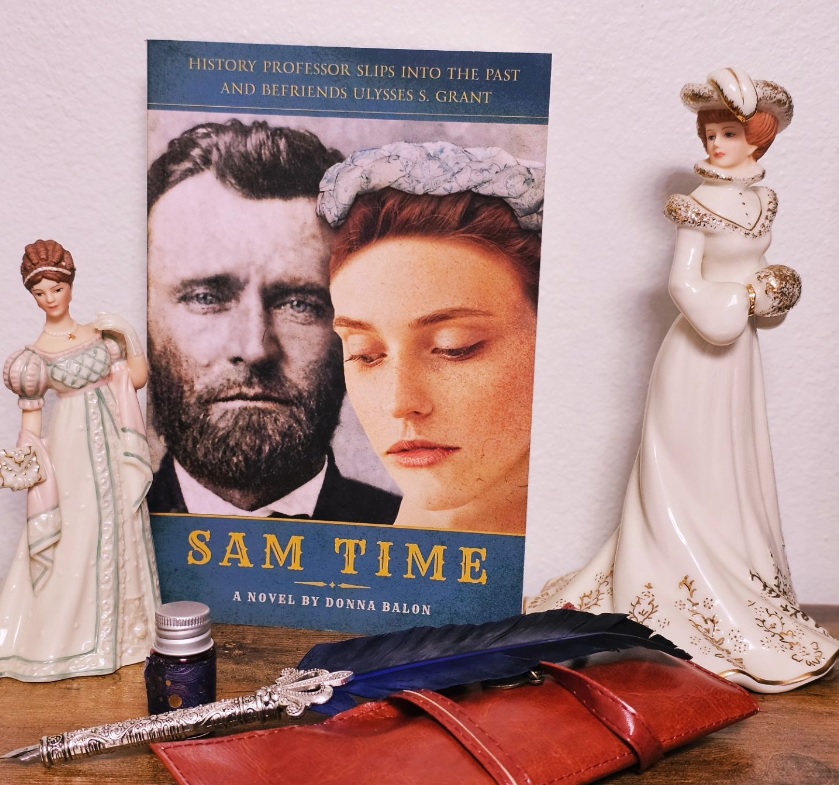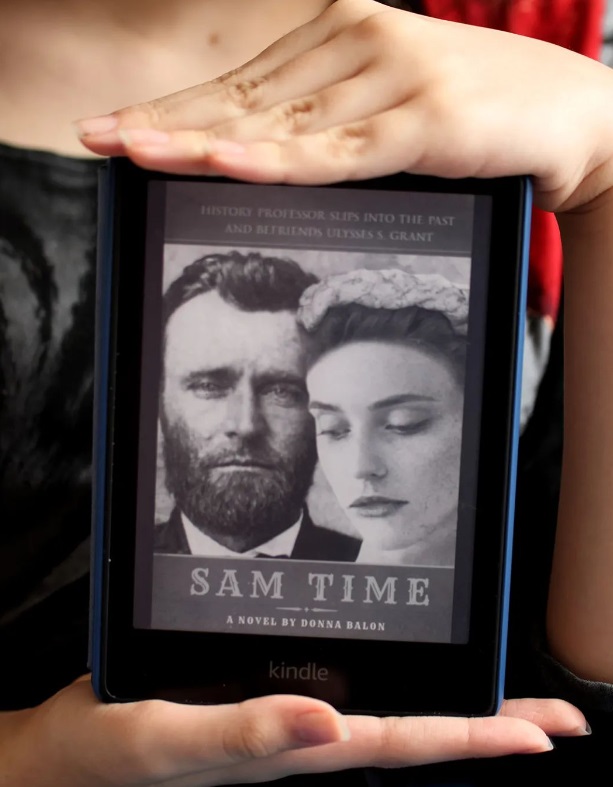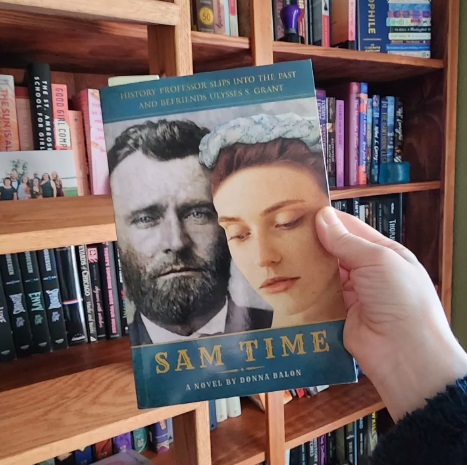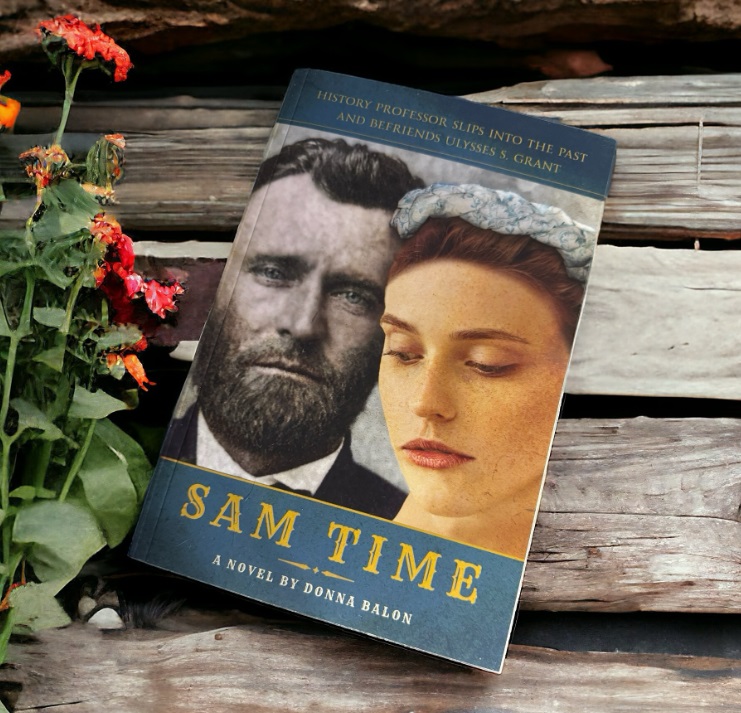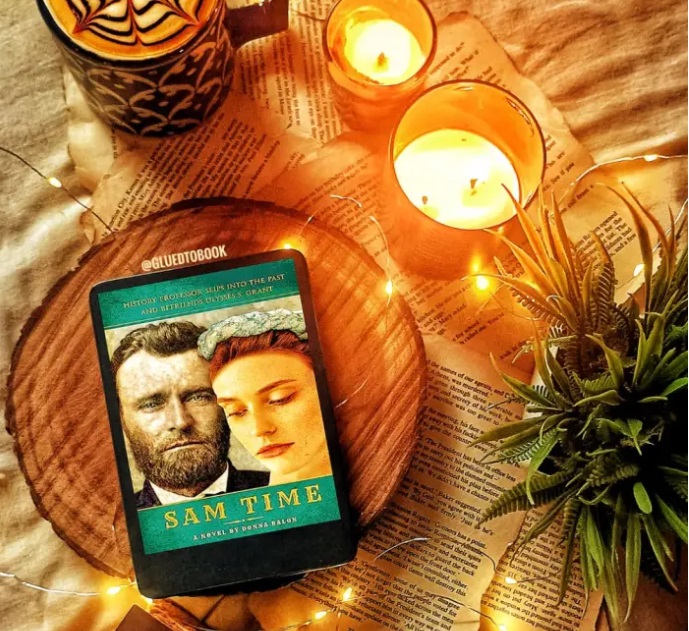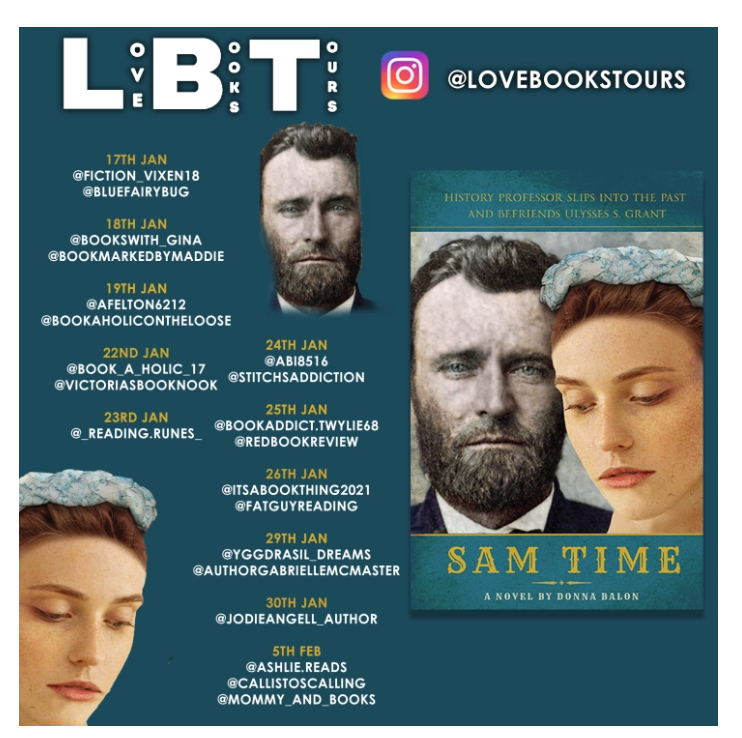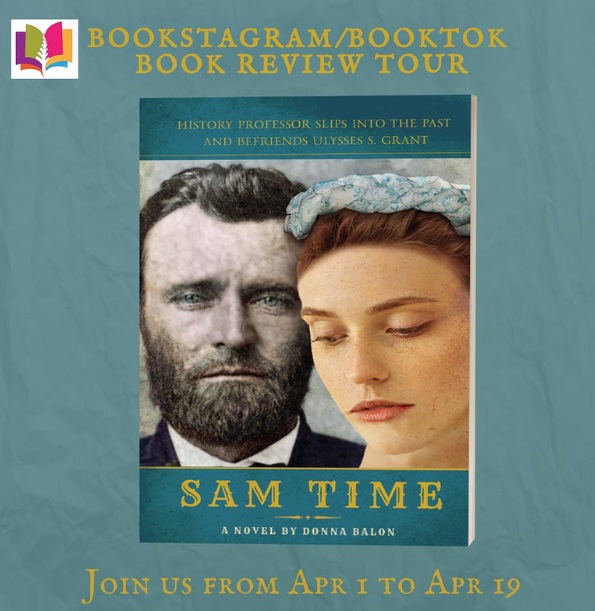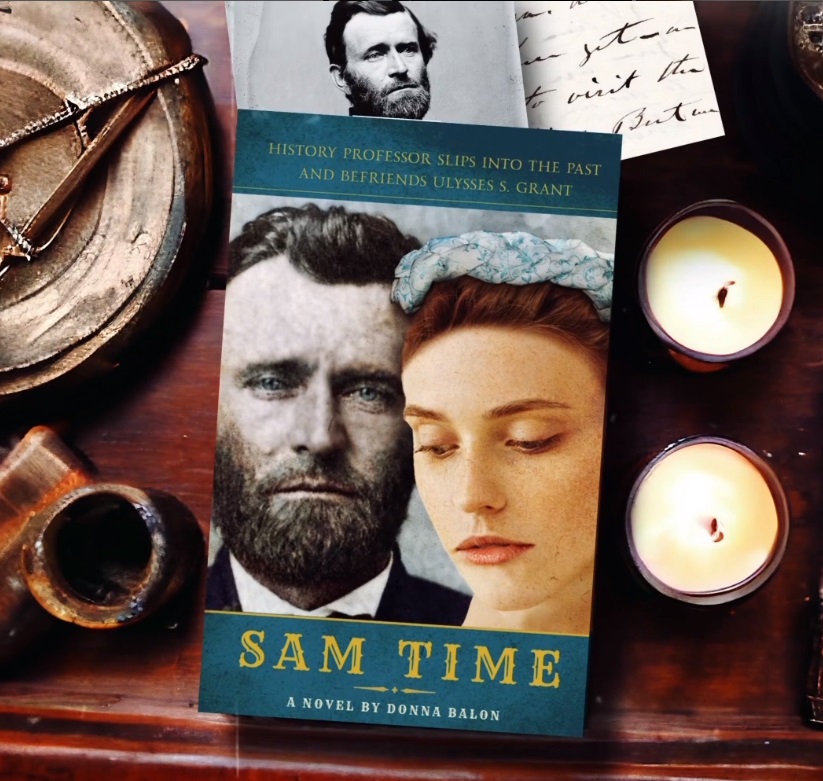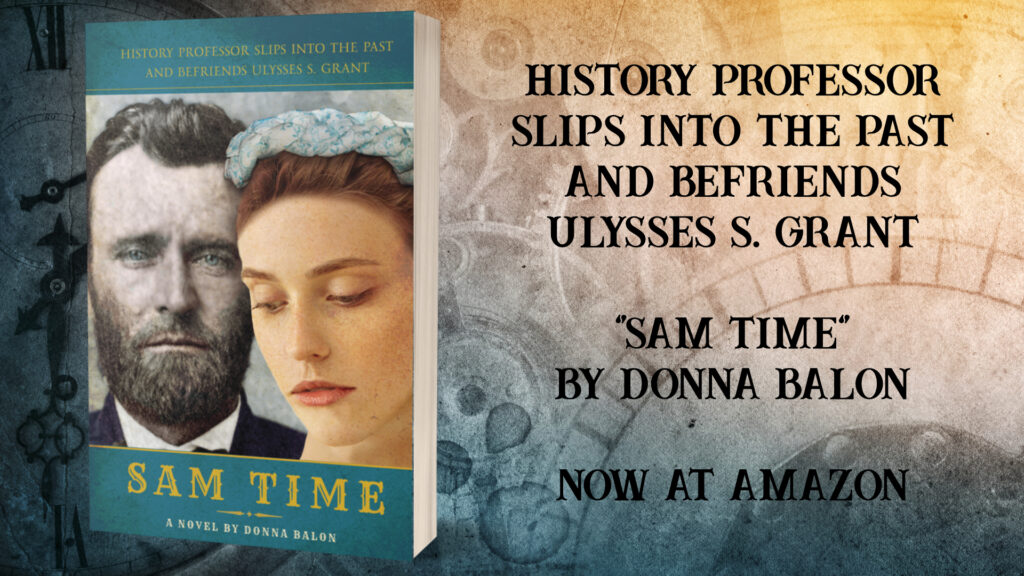review Tales: Author Therapy by Donna Balon

Donna Balon pens lead article in Review Tales Magazine September 2024 issue. Click on photo to Amazon page. Then scroll down the Sample Read to view Author Therapy article.
Galena Public Library Shelves Sam Time

The Eric Public Library in the Galena, Illinois, district now has Sam Time on its shelf. The novel features Galena one of the novel’s time-travel chapters.
Review Tales Features Sam Time

“Immersive . . . readers feel as though they are traveling through time . . . . beautifully crafted novel that offers a unique twist
on the time-travel genre. . . this book is a standout in its field.” Review Tales, Jeyran Main
instagram review: mommy and books

“Sam Time by Donna Balon is a very interesting and engaging story. This is a literary debut, it’s hard to believe.”
instagram review: callistoscalling

“Sam Time is a beautiful and well-researched novel that delivers a web of adventure,
history, love, friendship, and curiosity that envelops the reader.”
instagram review: stitchsaddition
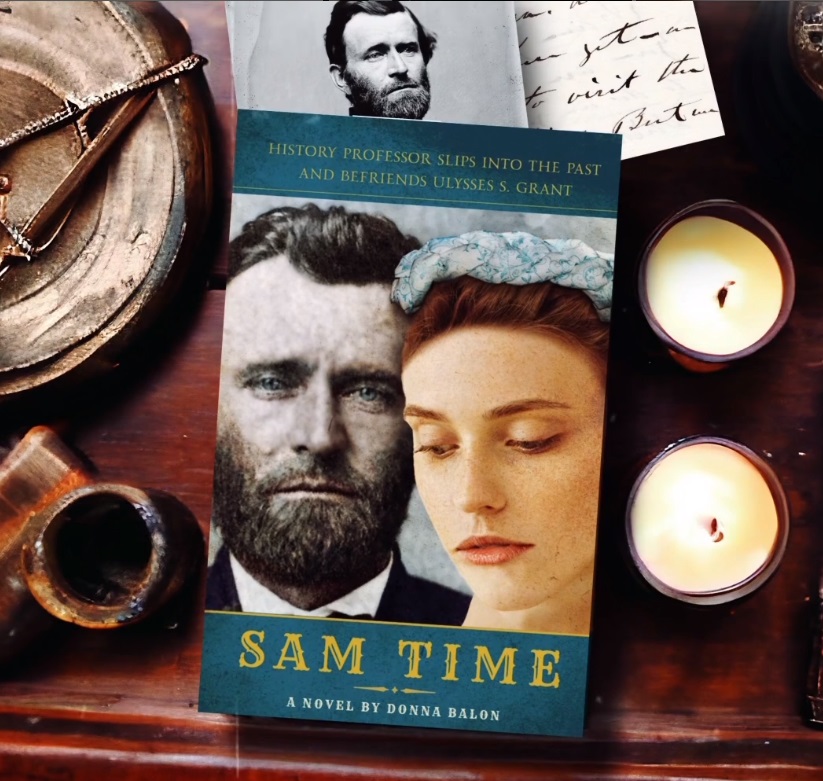
“Sam Time is a heartfelt ode to history lovers, seamlessly blending the realms of fiction and fact.”
instagram review: amanda Felton

I cried reading this book. I just felt so connected to Sam and her life.”
book review by the avid reader Blogspot

“The descriptions were so well written making it so easy to see it all playing out in my head as if I were watching a movie.”
The Avid Reader reposted on Goodreads.
Sam Time Horse Characters
In Sam Time, the protagonist Samantha time travels to the 19th century. She meets Ulysses S Grant, and he teaches her how to ride horseback. Grant loved horses and was an expert equestrian. I wanted Samantha to develop an affection for horses too.
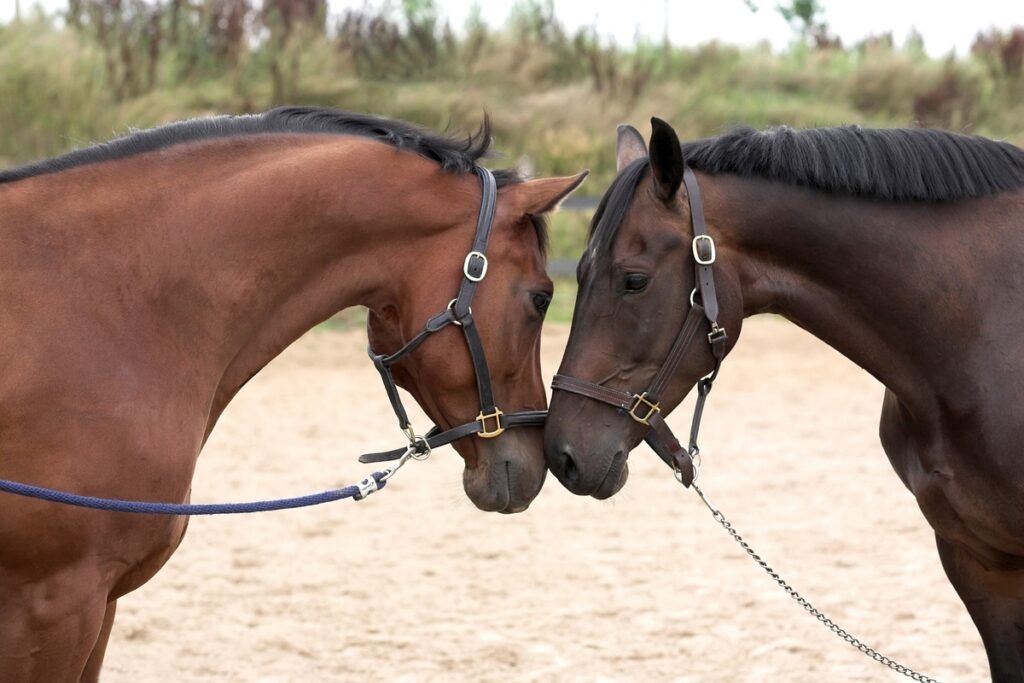
But how could I write about horses when I knew so little about them? I watched hours of YouTube videos and went on horseback rides. Also I read A Man Walks into a Barn by Chad Oldfather. It’s a nonfiction book about a father of two daughters who love horses and take riding lessons. After finishing Oldfather’s book, I became fonder of these magnificent four-legged animals.
A favorite family dog was my muse. I transferred my affection I had for this pet to my fictional horse characters.
To personify the horse characters, I gave them cute, likable names.
Samantha’s first horse is Beckley, a male. She becomes attached to the horse because she learns to ride horseback without incident.
Later, Samantha is introduced to a female horse, Elise. Somewhere in my head, I remembered this name from the famous Elise the Cow created by the Borden Dairy Company. The two-syllable name would help for quick and easy reading.
Grant’s horse’s name is Yukon, another easy-to-read, two-syllable name. The Yukon River flows through Alaska and Canada. Sturdy and rugged comes to mind for a horse worthy of Grant to ride.
Pet owners often freely express affection and emotion to their animals, sometimes more readily then to humans. Likewise, Samantha conveys her feelings to Grant by speaking to her horse loud enough for Grant to hear.
“I apologize, Elise. I want to be good friends. We did have a nice day together. Good day.”
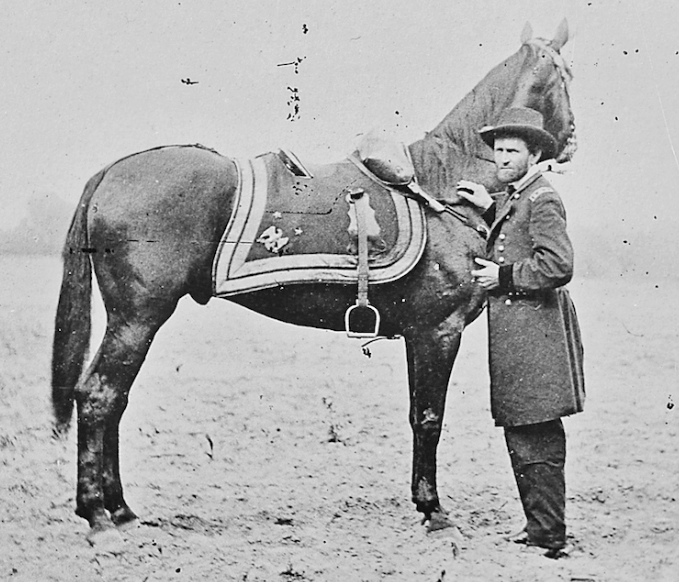
On another occasion, Samantha says goodbye to Grant, knowing she won’t see him for a while. The passage reads:
“I will miss Elise.” She meant, I will miss you.
She punctuated her sentiment. “She is a fine companion.”
Did he understand her implication? His penetrating stare said yes.
Grant gives Samantha another horse to ride. He calls this horse Thunder. Samantha is intimidated by this large horse, the name of which implies a fast and perhaps an unpredictable animal.
In later chapters, Samantha meets Cincinnati. This is an actual horse Grant rode during the Civil War, Grant’s favorite. Only he would ride the horse with two exceptions—President Lincoln being one of them.
The horses play a silent role as vessels for the novel’s human characters. Readers may be charmed too.
Fascinating Mid-19th Century Facts
Sam Time readers will learn about Victorian customs in the U.S. The first time-travel chapter begins in northern California during the gold rush. Throughout the novel, women’s and men’s fashions help paint a picture of daily life in the 19th century.
California Gold
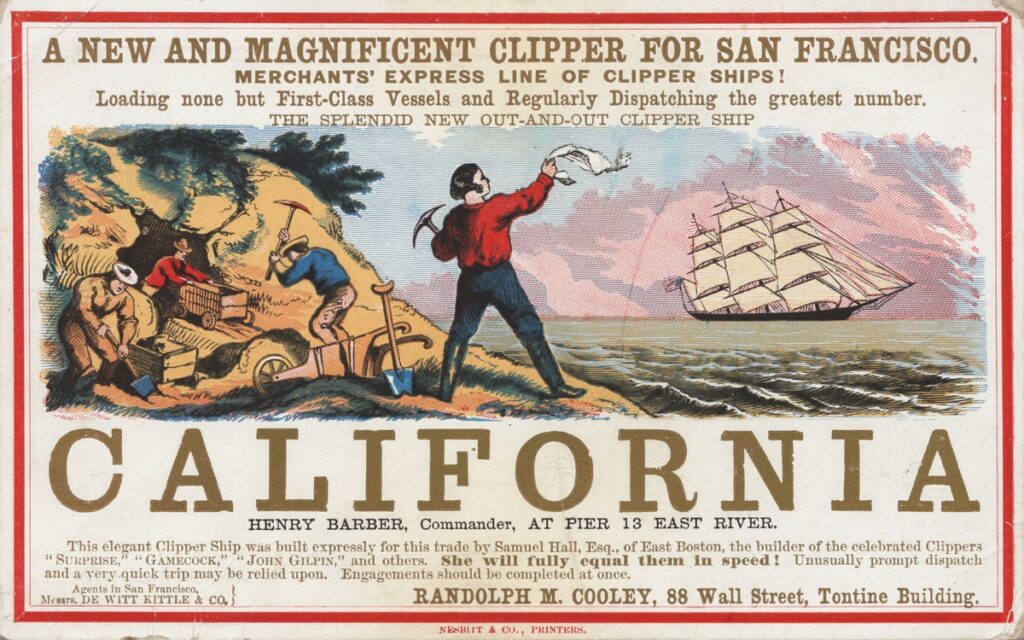
Gold was discovered in northern California in 1848. The term “forty-niners” referred to the people who flocked to California in 1849 searching for fortunes in gold.
Crossing the country, overland, from east to west was a six-month arduous trek. A quicker, but more expensive, route also existed: people and goods traveled from the East Coast by steamship south, around Cape Horn in South America, and then headed north. The shortest route was crossing the Isthmus of Panama, but it was typically jammed with miners and tradesmen.
Hoards of people journeyed to California to mine for gold. By 1855 gold resources were depleted.
Women’s Clothing
Clothing was symbolic in the Victorian era, showing a woman’s status. There were norms, however, that all women followed no matter their station.
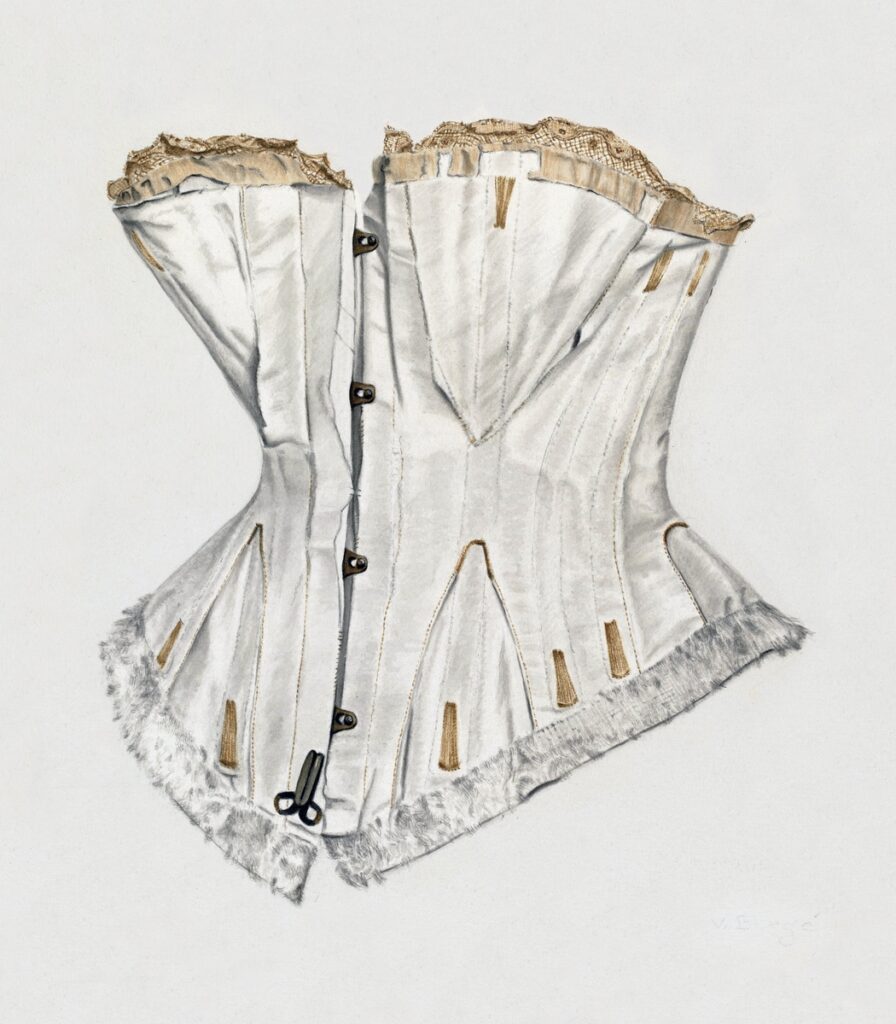
When outside, a head covering was a must. A bare head was a means of solicitation by prostitutes.
Every woman wore a corset. Not the tight-fitting style creating a disproportional tiny waist, but a fashionable undergarment providing bust support—like the brassiere—and a desirable hourglass shape.
Pantalets were to worn to cover a woman’s bottom. The leg hems were calf-length and adorned with eyelet lace. In true vintage fashion, each leg top was a separate open panel; that is, there was no center crotch seam. This crotchless design allowed for convenient squatting and elimination over a chamber pot without undressing.
Contrary to popular present-day perception, gloves were not essential. In cold weather, women wore gloves outside for warmth and for protection when working—if they could afford a pair. In rural area women were often too poor to own gloves. In urban areas, affluent women wore daytime gloves for fashion while displaying their elevated station. Evening gloves were ubiquitous for all women attending a ball, theater, or the like.
Men’s Clothing
America’s founding fathers wore white wigs, colorful coats, ruffled laced shirts, britches, and knee-high hose. This aristocratic look was rejected after the revolution. The democratic look shared by wealthy and middle-class men was a somber dark three-piece suit with a hat.
A man’s vest (“waistcoat” in the 19th century) often displayed character, as a tie does in the present. Vests varied in colors and patterned fabrics.
Historical facts are sprinkled throughout the novel. Reading Sam Time is an easy way to learn Victorian customs.
Sam time novel promotional video
Promotion video: Sam Time, a novel. History Professor Slips into the Past and Befriends Ulysses S Grant.
Ulysses S Grant
The Sam Time book cover includes a color-enhanced photo of Ulysses S Grant.
The original photo is in the public domain and
was provided by Filson Historical Society, Louisville, KY.
The photographer was Theodore Lilienthal of New Orleans, LA.
